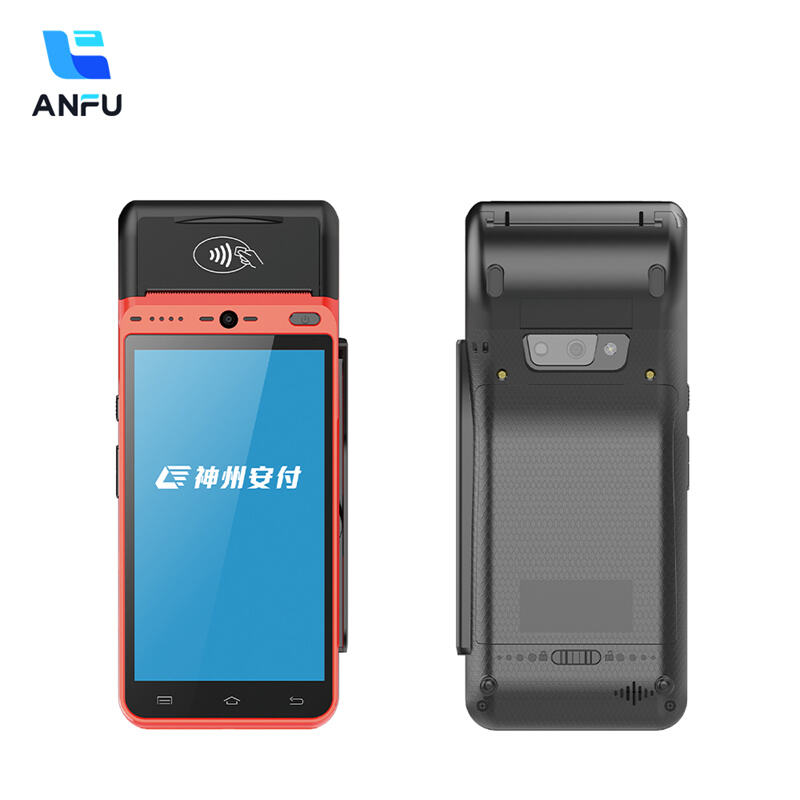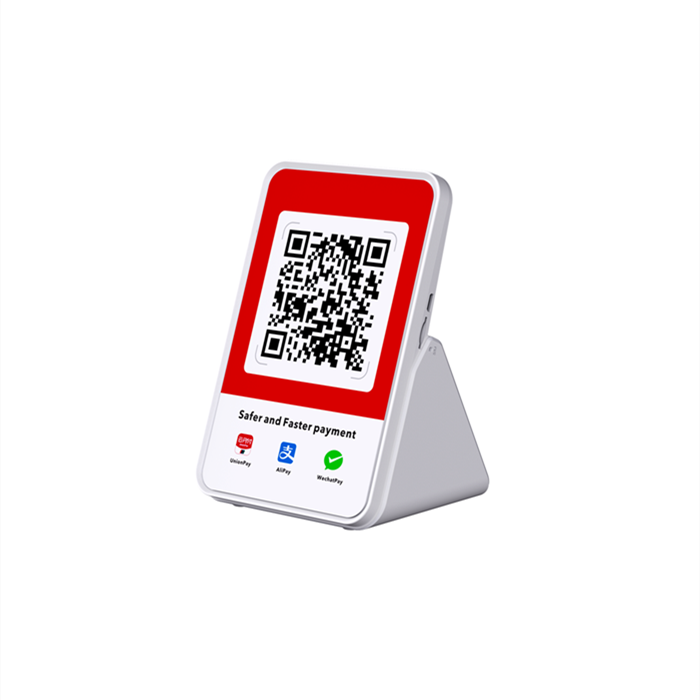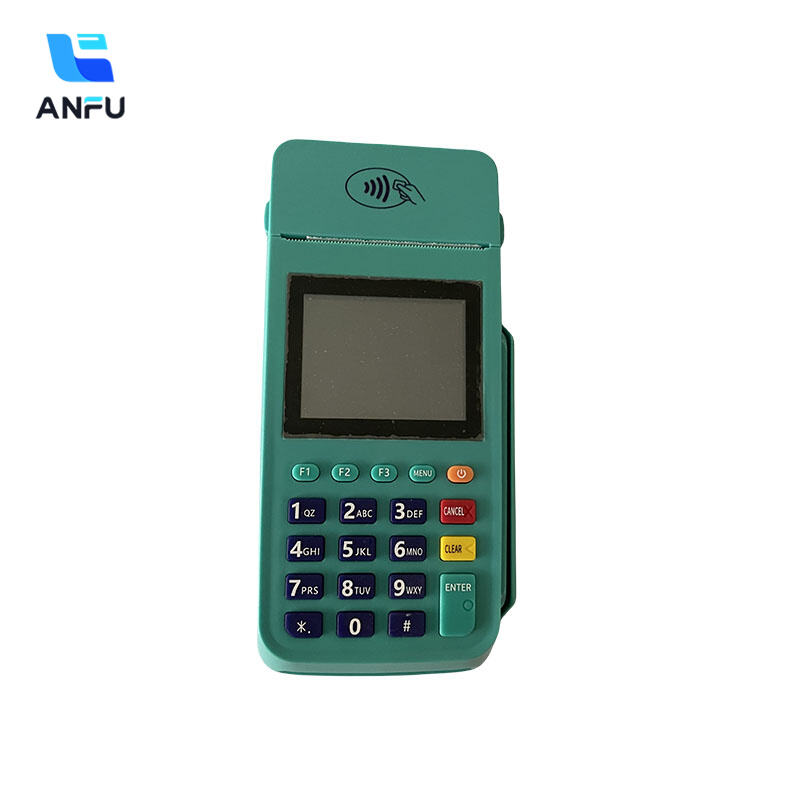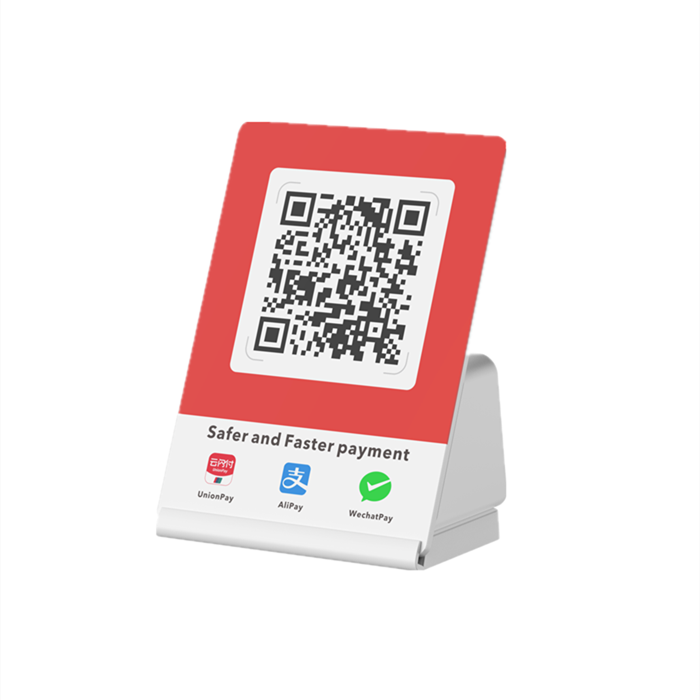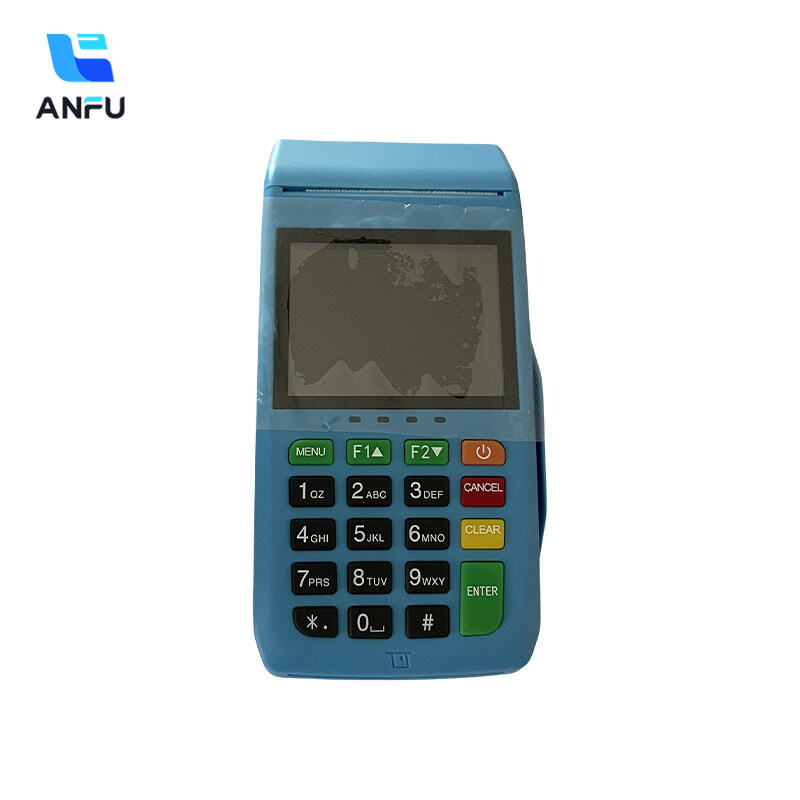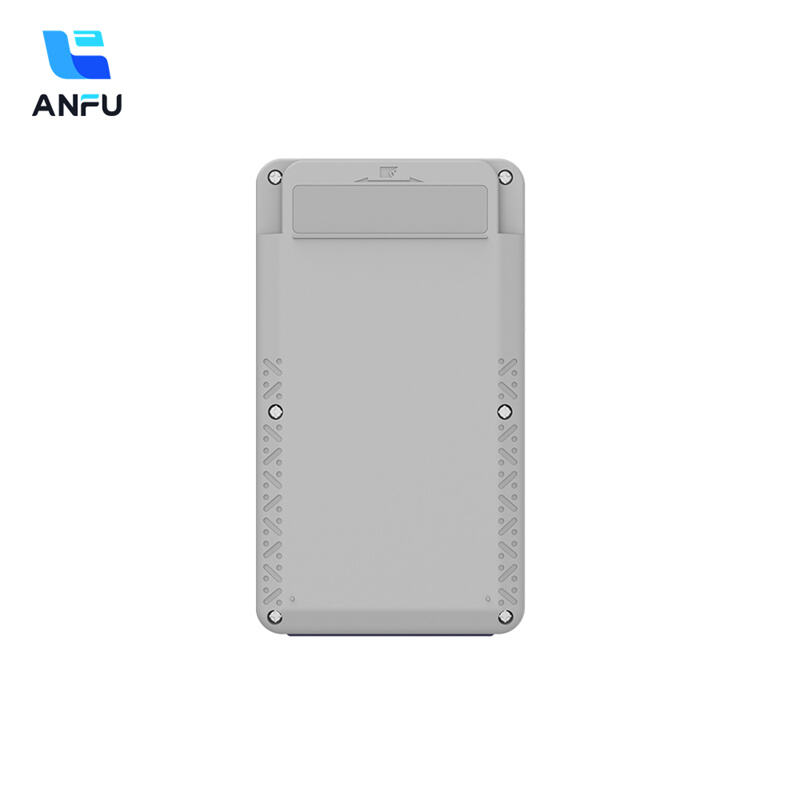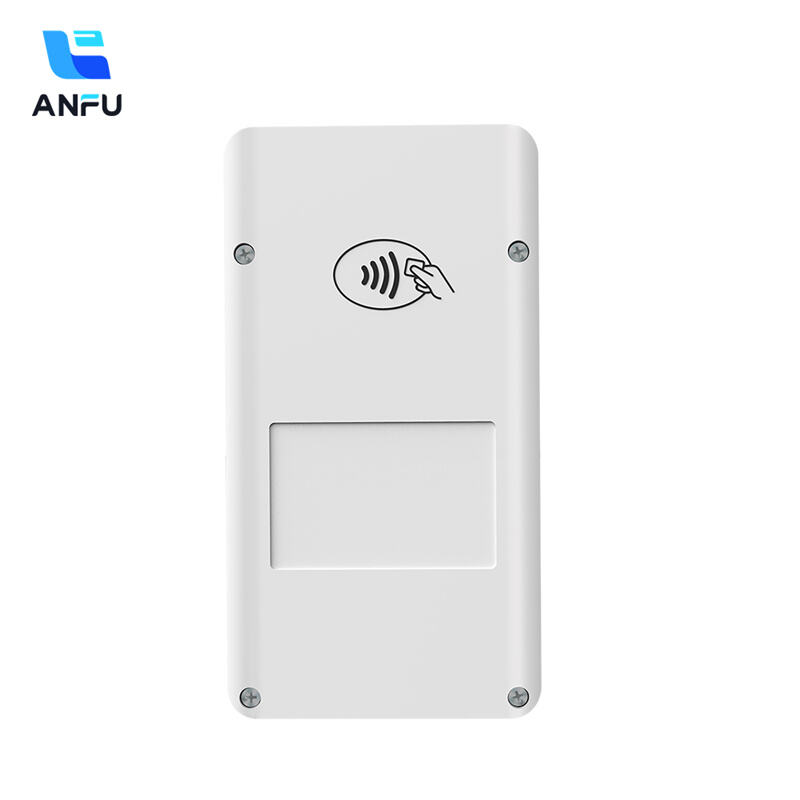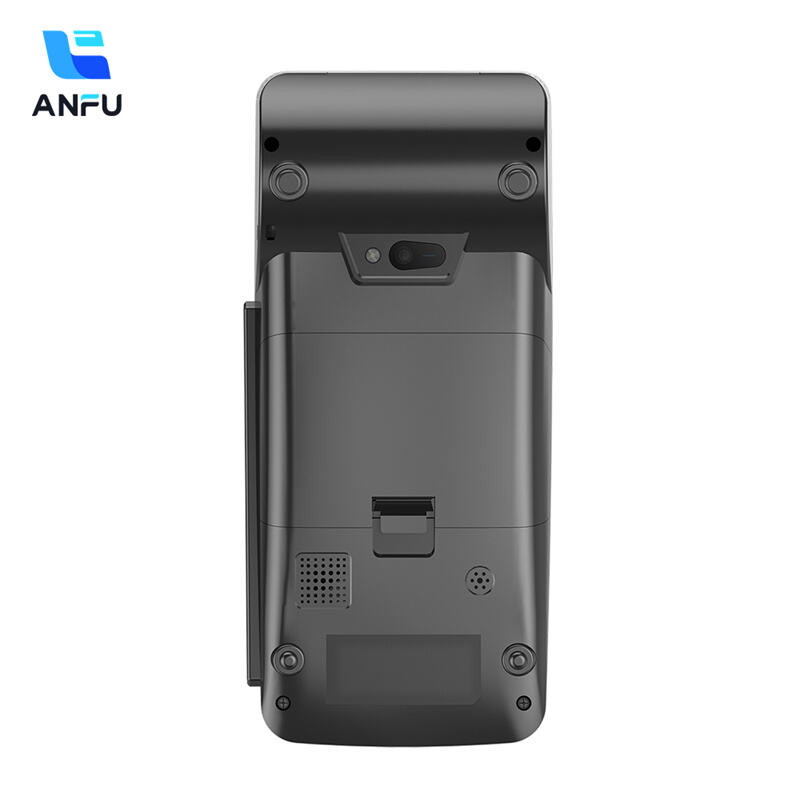POS Android Terminals for Seamless Integration with Retail Systems
Understanding POS Android Terminals
Android based POS terminals have become pretty versatile tools for businesses looking to get their transactions sorted out quickly. These devices were originally made just for handling payments, but thanks to Android's open platform, shop owners can do so much more than what old fashioned cash registers ever allowed. Inventory tracking becomes possible, along with keeping tabs on customer information and running loyalty schemes too. For many retailers, this all in one approach makes managing day to day operations much smoother and less complicated.
Businesses are moving away from old school payment methods toward Android based systems because mobile payments have just exploded in popularity. Most people carry smartphones now, and since Android is so common across different devices, these payment terminals feel familiar and easy to work with for both staff and customers. We're seeing this happen everywhere actually. Small shops, restaurants even big retail chains want something that works well with tech savvy consumers who expect fast transactions without fumbling around with cash or cards. The market keeps growing as companies realize how much smoother operations run when everyone speaks the same digital language.
Android POS terminals offer businesses big savings, portability, and flexibility across different industries. Most small businesses love them because they don't break the bank at first glance and work pretty well with whatever systems they already have running. What really stands out though is how easy these devices are to carry around. Food truck operators and folks running temporary pop-up shops find them indispensable since they can just grab everything and go when needed. Plus, these terminals come in various configurations so they fit almost any business need from coffee stands to full service restaurants. No wonder we see more and more companies adopting Android based solutions as part of their daily operations.
Key Features of POS Android Terminals
Android based POS systems are changing how we handle payments thanks to all sorts of cool features they pack in. Think about NFC technology for tapping cards or smartphones, plus those handy QR codes that let customers scan right from their phones. The numbers back this up too mobile payments keep growing faster than anyone expected, and some reports even predict around 2.1 billion people worldwide might be using phone-based wallets by next year. For small shops and big chains alike, having these tech options means serving customers who want quick checkout without sacrificing security. Many business owners have noticed this firsthand lately, especially during busy hours when every second counts at the register.
POS Android terminals come with easy to use interfaces that really boost the customer experience during transactions. The design of these devices focuses on making payments straightforward for everyone involved. Big touch screens, simple menus, and fast responding software all work together to cut down how long each transaction takes place. Faster service means happier customers who tend to come back again because nobody likes waiting around when they want to buy something. Businesses find these terminals attractive since they combine modern tech features with comfortable physical designs, helping shops stay ahead in today's competitive market where quick checkout is becoming increasingly important.
Top POS Android Terminals for Retail System Integration
Retailers looking to boost their day-to-day operations and keep customers happy are turning to the right Android POS systems these days. Take the AF930 Android POS Terminal for example. This little device has become quite popular among store owners because it fits right into most retail setups without causing headaches. The touchscreen makes things simple enough even for staff who aren't tech savvy, and since the unit isn't bulky at all, employees can move around freely during busy hours. We've seen stores where sales associates carry these around while helping customers, which cuts down wait times and generally makes shopping less stressful for everyone involved.
Looking at alternatives, the AF820 Android POS Terminal stands out for its flexibility, serving as both a payment processor and communications center in today's retail environments. Running on ANFU OS with a solid quad-core ARM processor inside, this device works well with most existing setups while handling multiple payment types from magnetic stripe readers to contactless NFC payments. What really makes it stand apart is how connected it stays through all those networks - 4G, 3G, even older 2G signals work alongside Wi-Fi and Bluetooth connections. Retailers need reliable communication between registers and back office systems after all. Plus there's that handy removable battery and quick printing capability built right in. These features help explain why so many stores have switched to this model when they want to get their daily operations running smoother without constant tech headaches.
Both terminals exemplify the evolution of POS systems, offering features that meet the dynamic needs of retail businesses while ensuring integration compatibility and user convenience.
Selecting the Right POS Android Terminal for Your Business
Choosing the ideal POS Android terminal for your business involves several critical factors that must align with your operational needs. Here's a concise list of key considerations:
- Transaction Volumes: Evaluate your daily transaction numbers to ensure the POS terminal can handle peak times without delays or failures.
- Portability Requirements: Determine the need for mobility within your premises or at events; portable solutions can enhance customer interaction and service speed.
- Budget Constraints: Assess both initial setup costs and ongoing expenses, bearing in mind the balance between cost and features needed.
When picking out a point of sale terminal, how well it works with what's already in place matters just as much as other factors. Most businesses run on standard systems such as inventory tracking programs, CRM stuff for managing customers, plus various accounting packages. These typically hook up pretty smoothly with newer Android based POS terminals nowadays. Take Square and Shopify for example they've got solid integration features built right in. That makes them stand out among the crowd for shops wanting all their tech to work together nicely without constant headaches.
Industry Applications of POS Android Terminals
Android based point of sale systems are becoming essential tools across retail stores and online shops. These devices make payments go smoother while improving how customers feel during transactions. Retailers who switch to Android POS systems typically notice their sales going up because transactions happen faster and shoppers get more payment choices. Some businesses report around a 20 percent increase in revenue after implementing these systems. The reason? Both store owners and buyers appreciate the convenience factor these terminals bring to everyday commerce operations.
POS Android terminals are changing how restaurants operate in the hospitality industry. These devices bring together ordering, billing, and inventory tracking into one system, making things run much smoother between the kitchen staff and customers at the table. Some real world examples stand out too. One national chain saw about 30% faster order handling after switching to these terminals, plus their tables turned over quicker than before. Restaurant owners who've made the switch keep talking about how easy they find them to work with day to day. The time saved on operations adds up fast, which is why so many small businesses are jumping on board despite the initial investment costs.
Future Trends of POS Android Terminals
Looking ahead, POS Android terminals will be shaped by a bunch of new tech developments creating some pretty exciting possibilities for businesses. Artificial Intelligence or AI is already making waves in this space. Retailers are finding ways to use AI to give customers tailored product suggestions based on their shopping history while also handling routine back office tasks automatically. Meanwhile, blockchain technology stands out as something that could really boost transaction security. Since blockchain operates on a distributed network rather than centralized servers, it makes fraudulent activity much harder to pull off and cuts down on mistakes during payments. According to research from Grand View Research, we're talking about massive growth here too the AI retail market should expand at around 24% annually until 2025. That kind of trajectory means most point-of-sale systems will likely incorporate some form of AI functionality sooner rather than later.
POS Android terminals play a big role in how businesses are changing digitally, opening doors to completely different ways of running shops and services. These devices let companies move away from old school cash registers toward something much more modern, portable, and adaptable for whatever needs come up. Tech experts point out that when businesses collect real time sales data through these terminals, they can respond faster to what customers want and how markets shift. People who know their stuff in tech circles, including folks like Marc Andreesen, talk about how the features on these terminals keep getting better all the time. This means retailers might need to rethink how they manage inventory, track sales trends, and handle day to day operations. At the end of the day, Android based point of sale systems speed up transactions while helping businesses build smarter, more connected commerce environments across multiple locations.
Recommended Products
Hot News
-
Smart Card 2019
2024-01-23
-
Trustech 2019
2024-01-12
-
Futurecom 2019
2024-01-12
-
Seamless Payments Asia 2020
2024-01-12
-
Seamless Middle East 2022
2024-01-12

 EN
EN
 AR
AR
 BG
BG
 CS
CS
 DA
DA
 NL
NL
 FR
FR
 IT
IT
 JA
JA
 KO
KO
 PL
PL
 PT
PT
 RU
RU
 ES
ES
 TL
TL
 ID
ID
 LT
LT
 UK
UK
 VI
VI
 HU
HU
 MT
MT
 TH
TH
 TR
TR
 FA
FA
 AF
AF
 MS
MS
 MK
MK
 HY
HY
 AZ
AZ
 KA
KA
 BN
BN
 BS
BS
 LO
LO
 MN
MN
 NE
NE
 ZU
ZU
 MY
MY
 KK
KK
 UZ
UZ
 KY
KY
